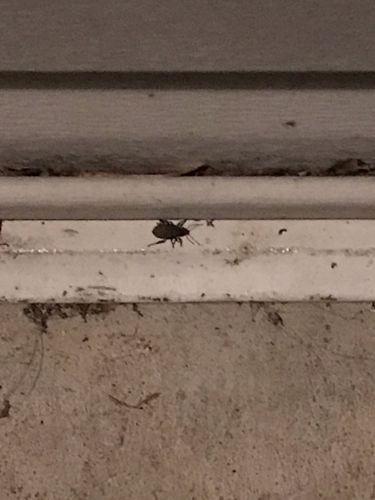Cockroach
Scientific Name: Various species, depending on location and specific characteristics (e.g., Blattella germanica, Periplaneta americana)
Order & Family: Blattodea, various families (e.g., Blattidae, Ectobiidae)
Size: Typically 1 to 3 inches (2.5 to 7.5 cm), though size varies significantly by species.

Natural Habitat
Cockroaches typically inhabit warm, dark, and humid environments. This includes kitchens, bathrooms, basements, wall voids, drains, and sewers in human dwellings. Outdoors, they can be found in leaf litter, under logs, and in other sheltered, moist locations.
Diet & Feeding
Cockroaches are omnivores and scavengers. They eat almost anything, including food scraps, decaying organic matter, starches, sweets, grease, meat, paper, fabric, and even other insects.
Behavior Patterns
Cockroaches are primarily nocturnal and gregarious. They prefer dark, moist, and warm environments. They are known for rapid movements and can squeeze into tight spaces. Different species exhibit various reproductive behaviors, including laying ootheca (egg cases) or being viviparous. They tend to scurry away when disturbed.
Risks & Benefits
Risks: Cockroaches are considered pests. They can carry and spread bacteria (like Salmonella and E. coli), viruses, fungi, and parasites, leading to food contamination and triggering allergies and asthma, especially in children. Their presence can also lead to an unpleasant odor. Benefits: In natural ecosystems, some species play a role as decomposers, helping to break down organic matter.
Identified on: 8/26/2025